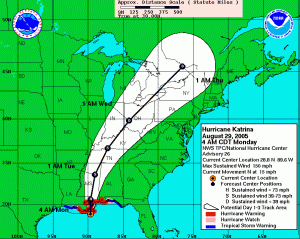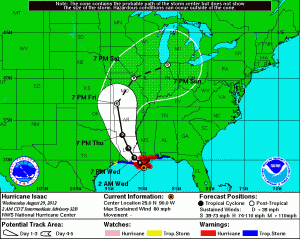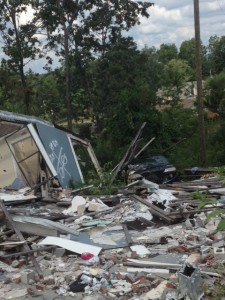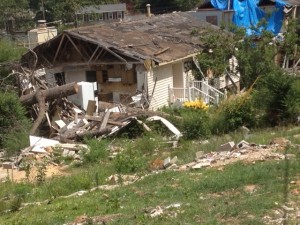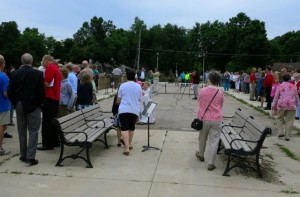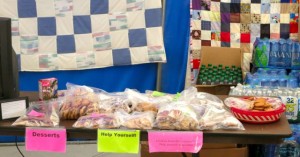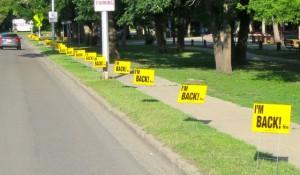Dear Friends,
Warm Greetings!
My name is Pastor Joseph Chu and it is with great joy and thanksgiving that I officially enter into the second week of my new position as the Associate Program Director for Lutheran Disaster Response. I want to thank Pr. Michael Stadie and all my colleagues at the Congregational and Synodical Mission Unit of the ELCA for their kindness and support as I become “oriented” to my new role of service.
Coincidentally, Hurricane Isaac landed at New Orleans around the same time I started my learning and orientation for this position three weeks ago. Since then, I have had the opportunity to be part of the conversations between our staff at the churchwide office and leaders of Social Ministry Organization affiliates and ELCA synods in the Gulf Coast states regarding our collective responses to the damages caused by Isaac. Through the process, I have found myself deeply touched and impressed by the dedication and knowledgeableness of each of the leaders in that area.
Dealing with Isaac reminds me of my experience with disaster responses over the years. In my first call as the pastor of Messiah Lutheran Church in South Central Los Angeles between 1990 and 1993, we experienced one of the most disruptive civil unrests in this country in April 1992. In the aftermath of the unrest, Messiah Lutheran Church worked closely with neighboring ELCA congregations, the synod, local ELCA institutions, as well as community organizations to respond to the short-term and long-term needs of the community. It was a spirit-filled experience to work alongside members, volunteers and colleagues in providing immediate relief to those affected and implementing long-term programs designed to strengthen the community. The events of those days have helped shape me professionally and personally.
A decade later, between 2004 and 2009, I served as the program director for Asia and the Pacific for ELCA Global Mission, with a special focus on international development and relief in the region. In December 2004, a mega-earthquake and tsunami struck a number of south Asian countries, causing huge death tolls and unprecedented destruction across the region; the carnage in vulnerable communities of Indonesia and India was particularly tragic. Working collaboratively with ELCA colleagues, leaders of various faith-based institutions in the U.S. and companion church bodies and institutions across the Pacific Ocean, we provided immediate relief and implemented programs focused on sustainable, long-term recovery. The major purpose of these programs was disaster preparedness and mitigation.
Through both of these experiences I have found the stories of those who had lost their homes, processions and loved one haunting and unforgettable. But even more powerful is the sight of rebuilt villages and strengthened communities, like those that I visited towards the later stage of the recovery in India and Indonesia. Through it all, I have experienced the Spirit of God and the grace of God at work at every stage.
I am very grateful for the opportunity to serve the ELCA in this new capacity. In weeks and months ahead, I look forward to my continued education of our good work in domestic disaster response and how it fits into our common calling as followers of Christ. Thank You.

